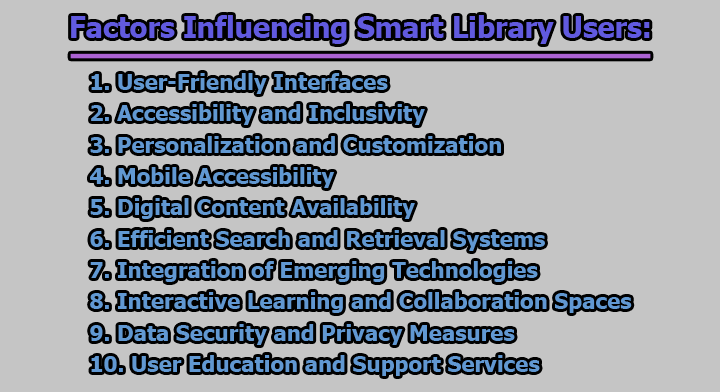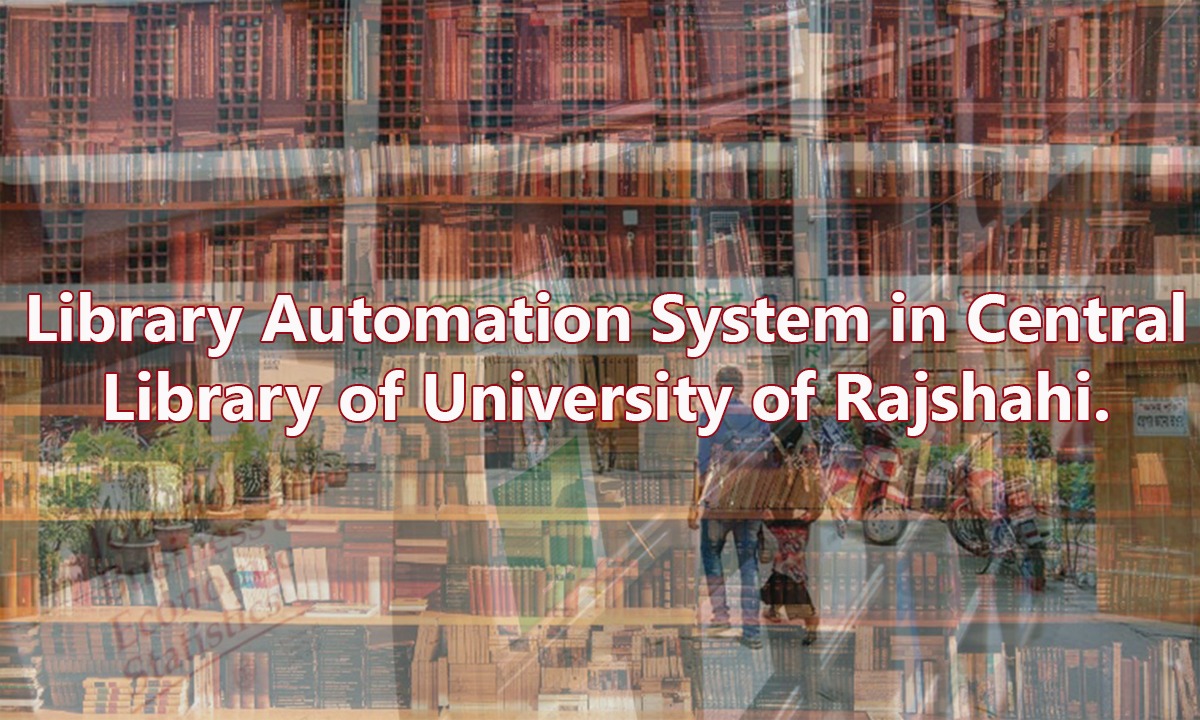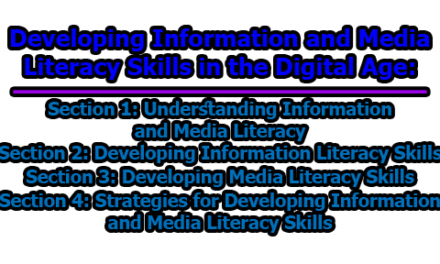Factors Influencing Smart Library Users:
Libraries have been an integral part of societies for centuries, evolving to meet the changing needs of their patrons. With the advent of technology, traditional libraries are transforming into smart libraries, offering a range of digital services and innovative features. Smart libraries leverage technology to enhance user experience and provide more efficient and accessible services. In this article, we will delve into the factors influencing smart library users, exploring ten key points that contribute to an enriched user experience.
1. User-Friendly Interfaces: The success of a smart library heavily relies on the design and functionality of its digital interfaces. A user-friendly interface is paramount in ensuring that patrons can effortlessly navigate the vast digital landscape of the library. The goal is to create an environment where users can intuitively access resources, explore catalogs, and utilize various services without encountering unnecessary complexities.
Key features of a user-friendly interface include clear and concise navigation menus, visually appealing layouts, and responsive design elements. Icons and buttons should be intuitive, leading users seamlessly through the library’s digital offerings. By prioritizing ease of use, smart libraries aim to eliminate potential barriers that might discourage users from exploring the diverse array of resources available to them.
2. Accessibility and Inclusivity: For a smart library to truly serve its community, it must prioritize accessibility, ensuring that its digital resources are available to everyone, regardless of physical abilities or limitations. Accessibility features go beyond the standard user interface, encompassing elements such as screen reader compatibility, adjustable font sizes, and alternative formats for digital content.
Inclusivity is a guiding principle, with smart libraries striving to create an environment that caters to the diverse needs of its user base. By adopting universal design principles, these libraries empower individuals with disabilities to fully participate in the digital library experience. This commitment to accessibility not only aligns with ethical considerations but also enhances the library’s reputation as an inclusive and community-driven institution.
3. Personalization and Customization: In the digital realm, personalization is a key driver of user engagement. Smart libraries employ sophisticated algorithms to analyze user behavior and preferences, providing tailored recommendations and services. By offering features such as personalized dashboards, recommended reading lists, and alerts for upcoming events or new acquisitions, libraries create a sense of individualized interaction.
The ability for users to customize their experience within the smart library platform contributes significantly to user satisfaction. Allowing users to set preferences, organize their virtual space, and receive targeted content enhances the overall user experience. This personalization not only caters to individual tastes but also fosters a sense of ownership, encouraging users to actively participate in the library’s digital ecosystem.
4. Mobile Accessibility: In an era dominated by mobile devices, the accessibility of smart library services on smartphones and tablets is crucial. Mobile accessibility extends the reach of the library beyond physical locations, enabling users to access resources and services anytime, anywhere. Smart libraries often invest in developing mobile applications that provide a streamlined and user-friendly experience on smaller screens.
Mobile applications allow users to search catalogs, borrow materials, and receive notifications directly on their mobile devices. This level of flexibility aligns with the on-the-go lifestyle of many patrons, making the smart library an integral part of their daily lives. By prioritizing mobile accessibility, libraries ensure that users can seamlessly integrate library services into their digital routines.
5. Digital Content Availability: The richness and diversity of digital content significantly impact user engagement with smart libraries. Beyond the traditional concept of borrowing physical books, smart libraries curate expansive collections of e-books, audiobooks, digital magazines, and multimedia resources. The availability of a broad spectrum of digital content ensures that users find materials that cater to their interests and needs.
Regular updates to the digital collection are essential for maintaining user interest and relevance. Smart libraries employ strategies such as collaborating with publishers, acquiring licenses for popular digital resources, and continuously expanding their offerings. This commitment to diverse and up-to-date content solidifies the library’s position as a dynamic and evolving hub of knowledge in the digital landscape.
6. Efficient Search and Retrieval Systems: The efficiency of search and retrieval systems is pivotal in the success of a smart library. Users expect a seamless experience when looking for information or resources. To meet this expectation, smart libraries implement robust search algorithms, intuitive filters, and effective sorting options. These features collectively enhance the speed and accuracy of the search process, enabling users to find what they need with minimal effort.
An advanced search engine within the smart library platform considers factors such as relevance, metadata, and user preferences. By providing intelligent suggestions and auto-complete features, the library further streamlines the search experience. This emphasis on efficient search and retrieval systems ensures that users can quickly locate and access the wealth of information available in the digital library.
7. Integration of Emerging Technologies: Smart libraries embrace emerging technologies to create a futuristic and immersive user experience. Artificial intelligence (AI) and augmented reality (AR) are integrated into library services to enhance user engagement. AI-powered chatbots assist users with queries, offering real-time support and information. Augmented reality applications can provide interactive experiences within the digital library space, making the exploration of resources more dynamic and engaging.
The integration of these technologies not only sets smart libraries apart in terms of innovation but also caters to the preferences of tech-savvy users. By staying at the forefront of technological advancements, smart libraries position themselves as dynamic hubs that leverage cutting-edge tools to enhance the overall user experience.
8. Interactive Learning and Collaboration Spaces: Smart libraries go beyond being repositories of information; they serve as dynamic spaces for learning and collaboration. Virtual meeting rooms, discussion forums, and online collaboration tools facilitate knowledge-sharing and interaction among users. These features create a sense of community within the digital library, fostering a collaborative environment where users can engage in discussions, share insights, and work together on projects.
The incorporation of interactive learning and collaboration spaces transforms the smart library into a hub for intellectual exchange. This not only attracts users seeking collaborative opportunities but also strengthens the library’s role as a facilitator of lifelong learning and community engagement.
9. Data Security and Privacy Measures: As smart libraries handle vast amounts of user data, ensuring robust security and privacy measures is paramount. Users must trust that their personal information, browsing history, and other sensitive data are secure within the library’s digital environment. Smart libraries implement encryption protocols, secure login processes, and transparent privacy policies to safeguard user information.
Building and maintaining trust in data security not only protect users but also contribute to a positive user experience. When patrons feel confident that their privacy is respected and their data is secure, they are more likely to engage actively with the smart library platform.
10. User Education and Support Services: User education and support services are crucial elements in ensuring that patrons can fully utilize the features of a smart library. Tutorials, guides, and online help desks assist users in navigating the digital platform, troubleshooting issues, and understanding the array of available resources. These support services contribute to building a well-informed user base, empowering users to make the most of the digital library experience.
A well-structured knowledge base, along with responsive customer support, reinforces the library’s commitment to user satisfaction. By prioritizing user education and support, smart libraries foster a positive and supportive environment that encourages users to explore, engage, and make the most of the wealth of resources available to them.
In conclusion, smart libraries represent a transformative shift in the way individuals access and interact with information. By understanding and addressing the factors that influence users, libraries can create digital environments that are not only efficient and functional but also engaging and user-centric. As technology continues to evolve, smart libraries will play a vital role in shaping the future of knowledge dissemination and community engagement.

Library Lecturer at Nurul Amin Degree College










